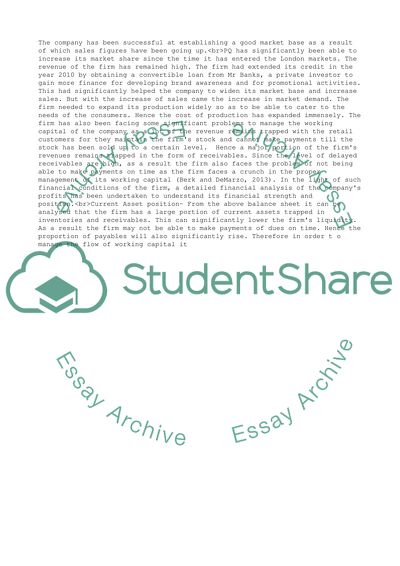Cite this document
(“Business finance Admission/Application Essay Example | Topics and Well Written Essays - 2750 words”, n.d.)
Business finance Admission/Application Essay Example | Topics and Well Written Essays - 2750 words. Retrieved from https://studentshare.org/business/1636266-business-finance
Business finance Admission/Application Essay Example | Topics and Well Written Essays - 2750 words. Retrieved from https://studentshare.org/business/1636266-business-finance
(Business Finance Admission/Application Essay Example | Topics and Well Written Essays - 2750 Words)
Business Finance Admission/Application Essay Example | Topics and Well Written Essays - 2750 Words. https://studentshare.org/business/1636266-business-finance.
Business Finance Admission/Application Essay Example | Topics and Well Written Essays - 2750 Words. https://studentshare.org/business/1636266-business-finance.
“Business Finance Admission/Application Essay Example | Topics and Well Written Essays - 2750 Words”, n.d. https://studentshare.org/business/1636266-business-finance.


